Car Care Tips to Keep Your Vehicle in Tip-Top Shape, Part 2
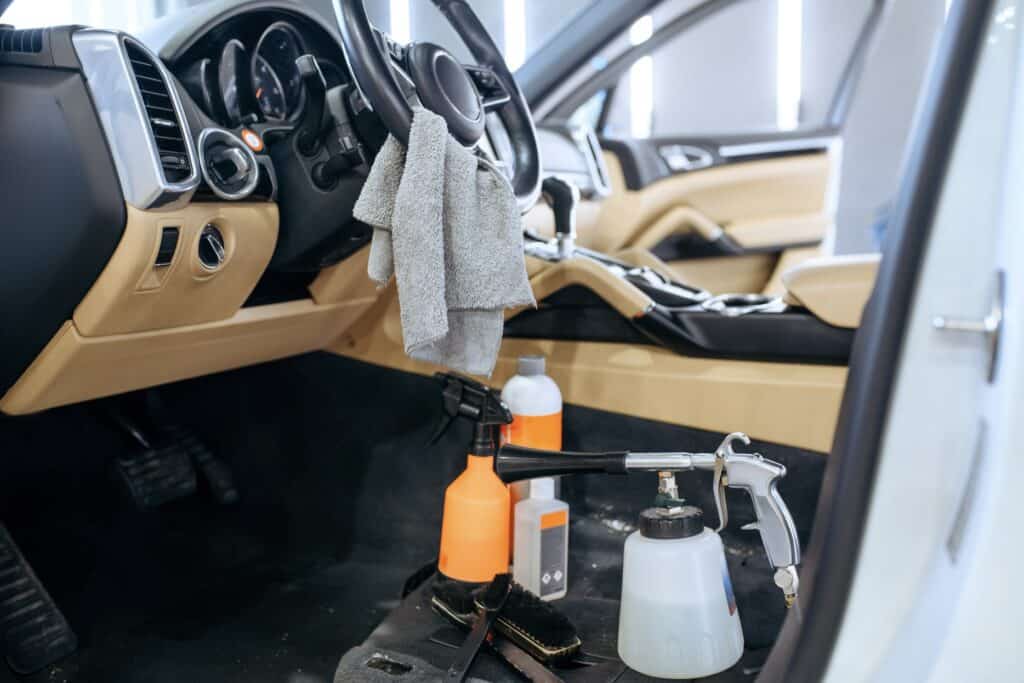 Welcome back to our car care tip series. In Part 1, we covered our first five tips: oil changes, fluids, tires, windshield wipers and lights.
Welcome back to our car care tip series. In Part 1, we covered our first five tips: oil changes, fluids, tires, windshield wipers and lights.
In Part 2, we’re covering brakes, two kinds of air filters, batteries, belts and hoses, and finally keeping the inside and outside of your car clean.
Let’s jump into it!
 BRAKES
BRAKES
Typically, brakes last a long time. If you have an older car, or are considering purchasing a used car, making sure the brakes are in good shape is a good idea. That said, even with newer vehicles it’s wise to make sure your brakes are working properly — and still have some life in them — to ensure your safety.
The good news is that it’s pretty easy to check your brakes. The three main ways of doing so, without needing any fancy equipment are:
- Listen for a squeaking noise when you engage the brakes. If squeaking occurs, it’s a good idea to bring your vehicle in so we can take a look.
- Check for “pulsations” in your brake pedal when stepping on the brakes. If you are feeling pulsation, set up an appointment to visit our shop.
- You can also use a flashlight to inspect the brake pads; you just need to look into the caliper assembly (located inside the wheel, connected to the vehicle’s master cylinder by brake fluid lines). If there is a quarter inch or less left on the pad, bring your car in for new brake pads.
 AIR FILTERS
AIR FILTERS
OK, so we’re going to talk about two different types of air filters here …
- The Engine Air Filter: To check your engine air filter, you’ll need to find the air box, which is under the hood of your vehicle. Typically, it’s encased in black plastic with metal clips. Once you’ve undone the clips, check the condition of the filter. If it’s dirty, gray, or filled with debris, go ahead and change it out.
- The Cabin Air Filter (if your vehicle has one, which it probably does unless it’s pretty old): To access the filter, you may have to open the hood, or sometimes access is in the glove box. Check your user manual to see where it’s located in your vehicle. If it’s clean, keep it. If it’s not, replace it.
 BATTERY
BATTERY
Car batteries are amazing. Unless there’s some kind of unusual drain on it, a battery can just keep on going for years and years. That said, if your car is having a difficult time starting, check your battery (and if the battery seems OK, have us look at your alternator).
To test your battery, you can use a multimeter tool. Just follow the instructions that accompany the tool (typically touching the red lead of the multimeter to the positive battery terminal and the black lead to the negative terminal) to ensure the voltage is above 12.4. If it’s not, a new battery may be in order.
 BELTS & HOSES
BELTS & HOSES
Belts and hoses can wear out over time.
Your vehicle’s belts are motor and pulley driven, keeping everything (like your radiator fan and air conditioning compressors) functioning properly.
If belts look worn, frayed, or exceptionally loose — or if your hoses are brittle or cracked — get the worn out parts replaced ASAP.
 KEEP IT CLEAN
KEEP IT CLEAN
Washing and waxing your vehicle can keep the body in good, rust-free, shape. Cleaning the chassis is also important — especially after a Wisconsin winter. And keeping the inside of your car clean with a quick vacuum and wipe down every few months can keep the interior components of your vehicle looking (and smelling) clean and fresh.
This brings us to the end of Part 2 of our car care tips series. We hope you found our tips helpful!
Get In Touch …
Feel free to contact Top Tier Automotive anytime with questions, or to schedule a service. You can also schedule a service online by clicking on the “Request Appointment” button in the navigation above.
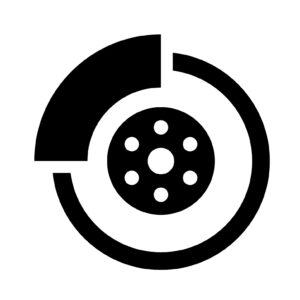 BRAKES
BRAKES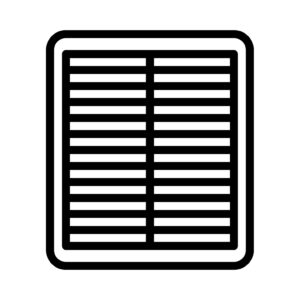 AIR FILTERS
AIR FILTERS BATTERY
BATTERY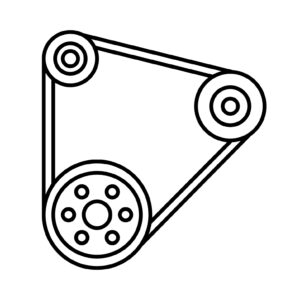 BELTS & HOSES
BELTS & HOSES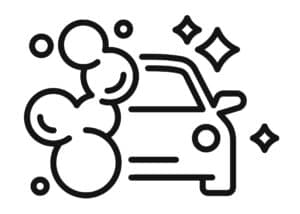 KEEP IT CLEAN
KEEP IT CLEAN